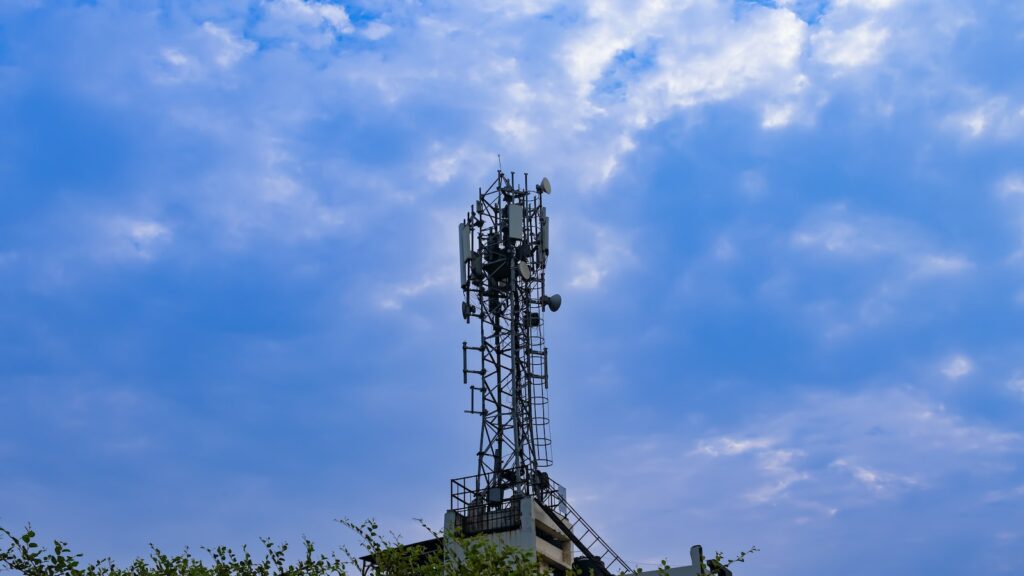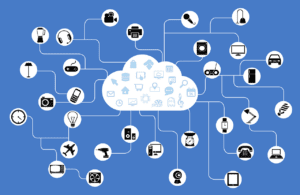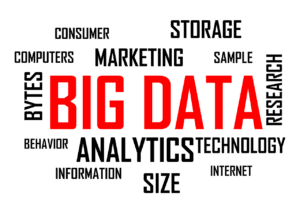The fifth generation of wireless technology, or 5G, is set to revolutionize how we use the internet of things (IoT). With faster speeds, lower latency, and greater capacity than previous generations, 5G will enable the seamless connectivity of billions of IoT devices, creating new opportunities for innovation and growth. In this article, we will explore how 5G technology enhances the IoT, its impact on various industries, and its potential to transform how we live, work, and communicate.
Introduction to 5G and IoT
What is 5G?
5G is the fifth generation of wireless technology, offering faster speeds, lower latency, and greater capacity than previous generations. It uses a combination of new technologies, such as millimeter wave frequencies, massive MIMO, and beamforming, to simultaneously provide high-speed connectivity to millions of devices.
What is IoT?
The Internet of Things (IoT) is a network of connected devices that can exchange data and interact with each other over the internet. These devices range from smartphones and smart homes to industrial machines and vehicles.
How 5G Technology Enhances IoT
Faster Speeds
One of the key benefits of 5G technology is its ability to provide faster speeds than previous generations. IoT devices can transmit data more quickly and efficiently, enabling real-time interactions and faster response times.
Lower Latency
Another advantage of 5G technology is its lower latency or time for data to travel from one device to another. With 5G, latency can be reduced to just a few milliseconds, enabling ultra-responsive IoT applications such as remote surgery, autonomous vehicles, and augmented reality.
Greater Capacity
5G technology also offers greater capacity than previous generations, which means it can support more devices simultaneously. This is especially important for the IoT, where billions of devices will be connected in the coming years.
Edge Computing
Edge computing is a technology that allows data processing to occur closer to the data source rather than in a centralized location. With 5G, edge computing can process data from IoT devices in real-time, enabling faster response times and more efficient use of network resources.
Network Slicing
Network slicing is a technique that allows network operators to divide their network into multiple virtual networks, each with its characteristics and requirements. With 5G, network slicing can provide customized connectivity for different IoT devices, ensuring they receive the appropriate level of service and support.
Impact of 5G on Various Industries
Healthcare
With 5G technology, healthcare providers can offer remote consultations, real-time patient monitoring, and even remote surgery. This can improve access to healthcare, reduce costs, and save lives.
Manufacturing
5G technology can enable real-time monitoring of industrial machines, enabling predictive maintenance and reducing downtime. It can also be used to track inventory and optimize supply chains.
Transportation
With 5G technology, autonomous vehicles can communicate with each other and infrastructure, enabling safer and more efficient transportation. It can also be used to improve traffic flow and reduce congestion.
Smart Cities
5G technology can enable the creation of smart cities, where IoT devices are used to monitor and optimize city services such as transportation, energy, and waste management.
The potential of 5G and IoT
Innovation
The combination of 5G technology and IoT devices is expected to lead to innovations and business models, creating new opportunities for growth and revenue.
Economic Growth
The widespread adoption of 5G technology and IoT devices is expected to drive economic growth, creating new jobs and stimulating investment in new technologies and industries.
Improved Quality of Life
5G technology and IoT devices can potentially improve the quality of life for individuals and communities, enabling new services and applications that enhance safety, convenience, and well-being.
Environmental Sustainability
5G technology and IoT devices can monitor and optimize energy use, reduce waste, and improve resource efficiency, contributing to a more sustainable future.
Conclusion
The combination of 5G technology and the IoT is set to revolutionize how we live, work, and communicate. With faster speeds, lower latency, and greater capacity, 5G technology will enable the seamless connectivity of billions of IoT devices, creating new opportunities for innovation and growth. The impact of 5G on various industries, such as healthcare, manufacturing, transportation, and smart cities, will be significant, improving efficiency, safety, and sustainability. As we move towards a more connected world, the potential of 5G and the IoT to transform our lives is truly exciting.
FAQs
- How is 5G technology different from previous generations of wireless technology, and what advantages does it offer?
5G technology is the latest generation of wireless technology, offering faster speeds, lower latency, and greater capacity than previous generations. It operates on higher frequency bands, enabling more data to be transmitted at once. 5G also supports a larger number of devices, making it ideal for growing IoT devices. The advantages of 5G include faster download and upload speeds, lower latency, more reliable connections, and improved network efficiency.
- How can 5G technology enhance the capabilities and functionality of IoT devices?
5G technology can enhance the capabilities and functionality of IoT devices in several ways. With faster speeds, lower latency, and greater capacity, 5G enables real-time communication between IoT devices, making it possible to perform more complex tasks and process larger amounts of data. 5G also supports a larger number of devices, enabling the seamless connectivity of billions of IoT devices. This will create new opportunities for innovation and growth across various industries.
- What is edge computing, and how does it relate to 5G and the IoT?
Edge computing is a distributed computing paradigm that brings computation and data storage closer to the network’s edge, where IoT devices are located. This enables faster data processing and reduces latency, improving the performance of IoT devices. Edge computing is closely related to 5G and the IoT, enabling real-time processing and analysis of data generated by IoT devices. This is essential for applications such as autonomous vehicles, remote healthcare monitoring, and smart cities.
- What are some potential applications of 5G and the IoT in the healthcare industry?
5G and the IoT have the potential to revolutionize healthcare, enabling remote monitoring, telemedicine, and personalized healthcare. With 5G, healthcare providers can remotely monitor patients in real-time, enabling early detection of health issues and reducing hospital admissions. IoT devices such as wearables can also track patient data such as heart rate, blood pressure, and oxygen levels. This data can be analyzed in real-time using edge computing, enabling personalized healthcare based on individual patient needs.
- How can 5G technology and IoT devices contribute to environmental sustainability and resource efficiency?
5G technology and IoT devices can contribute to environmental sustainability and resource efficiency by enabling the monitoring and optimization of energy use, reducing waste, and improving resource efficiency. For example, smart cities can use IoT devices to monitor and optimize energy use, reducing carbon emissions and improving air quality. IoT devices can also track and optimize supply chains, reducing waste and improving resource efficiency. With faster speeds and lower latency, 5G can enable real-time data analysis, improving the efficiency and sustainability of various industries.





